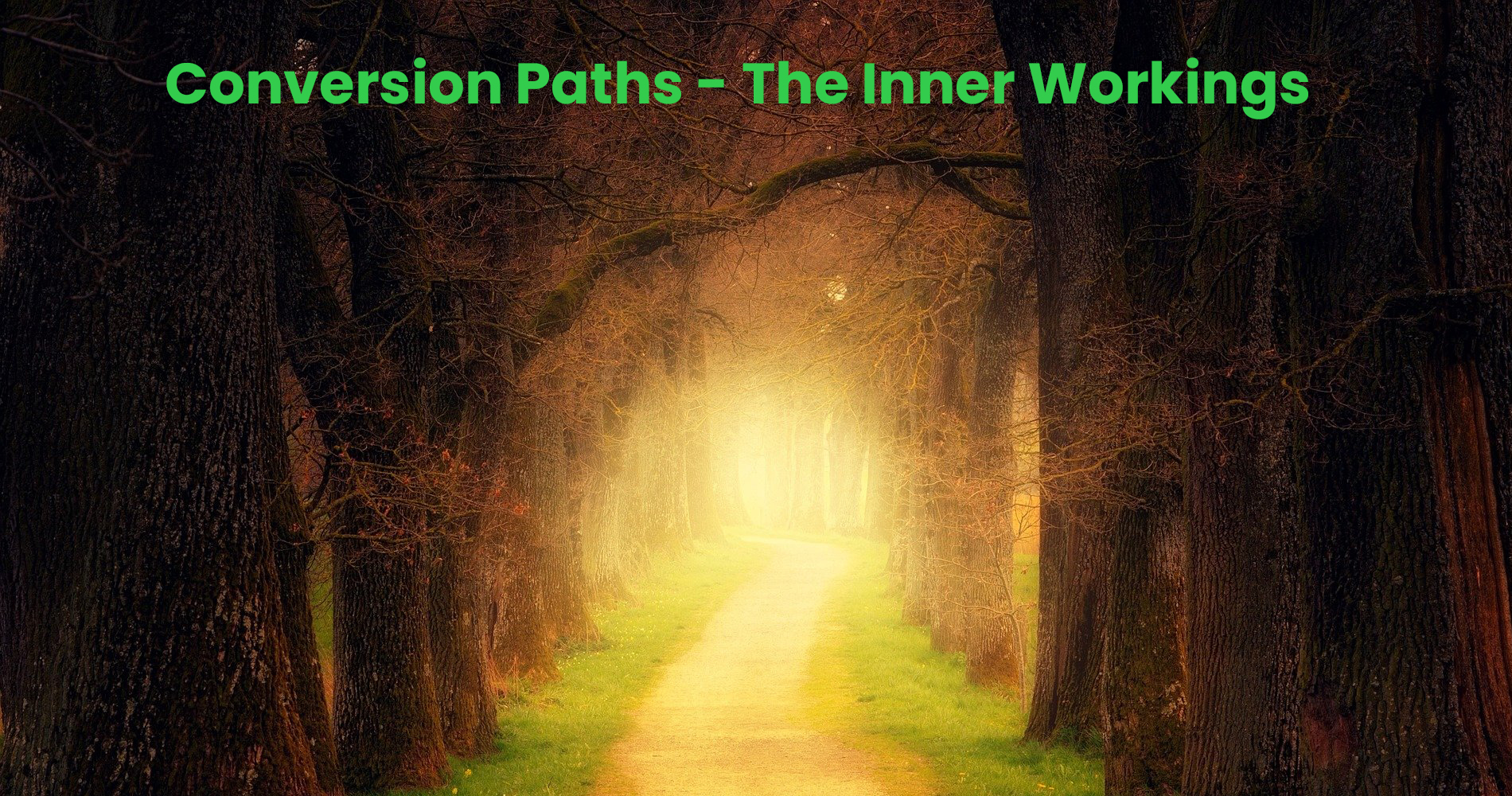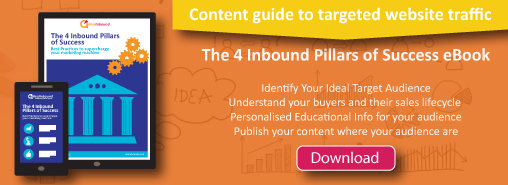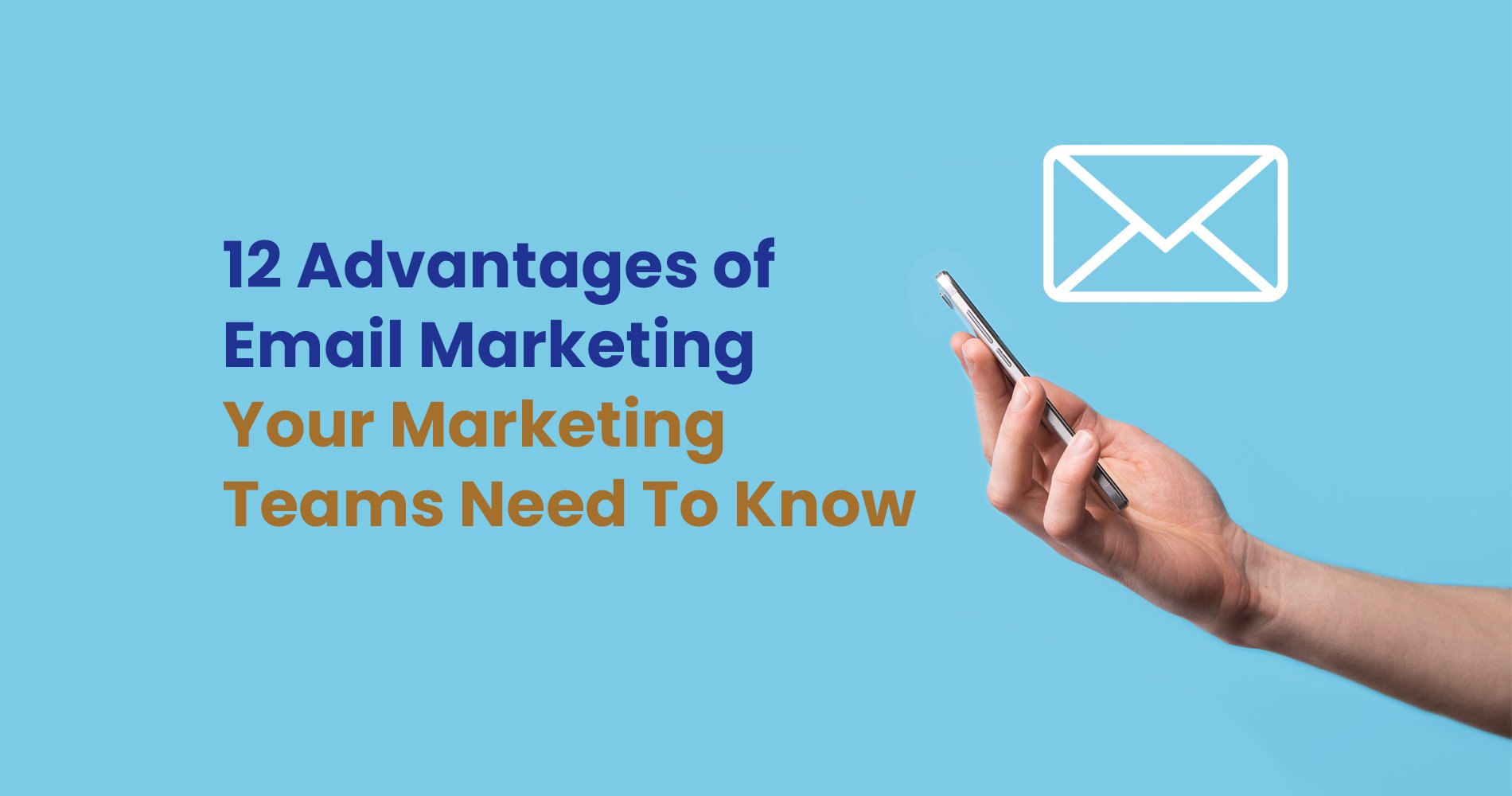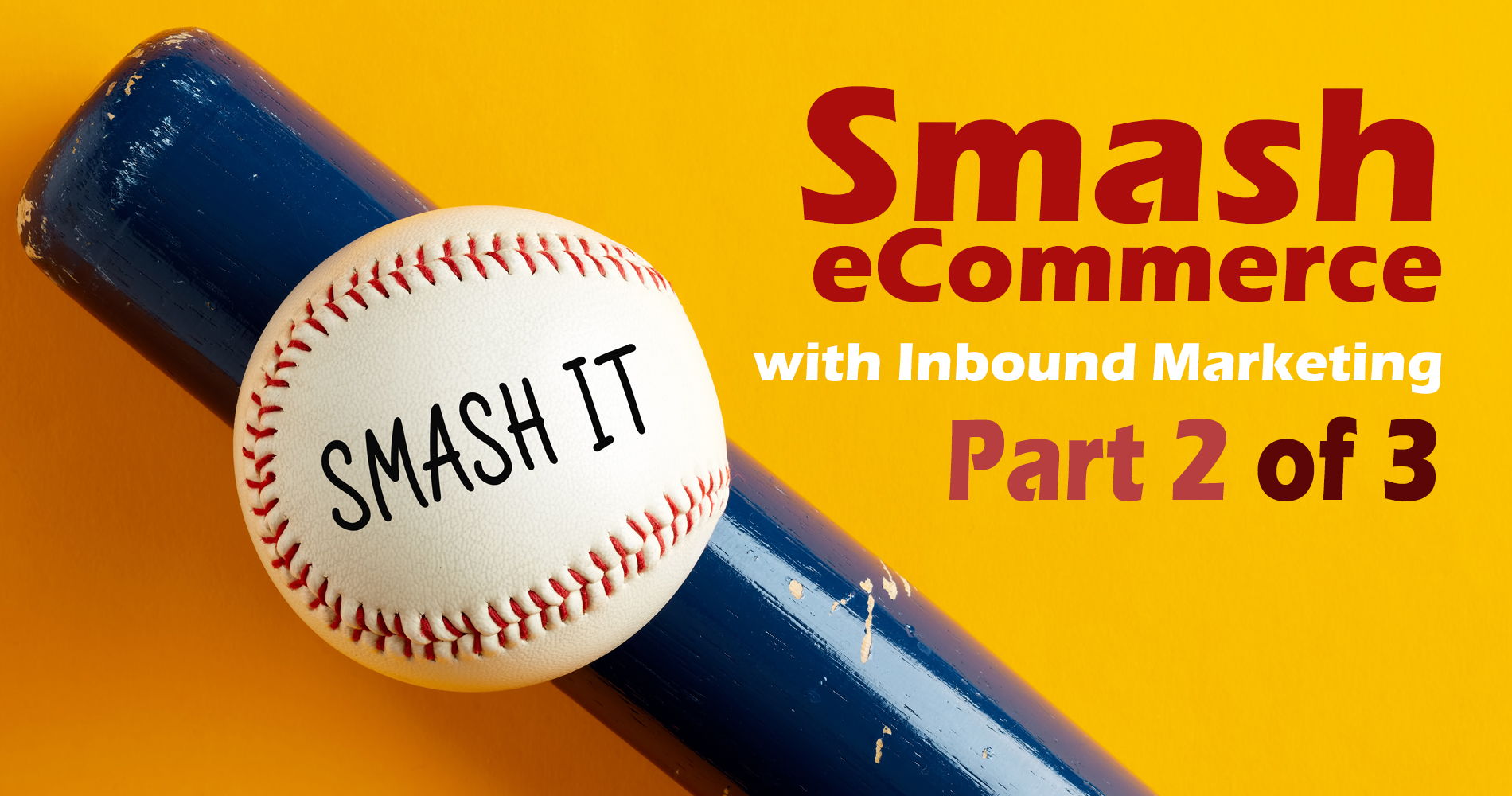Creating your brand's online presence takes more than just a good idea and an attractive website. It also takes the skills of talented marketers to develop a strong inbound marketing strategy that enables your brand to increase its reach within a well-defined niche or category in a competitive marketplace. Without a doubt, it's going to be hard work going up against competitors who have been established in this space for years, but if done correctly you can drive traffic to your site where they will read about what you offer and hopefully become interested enough to take the next step by either visiting your store, signing up for a newsletter or downloading an information kit containing educational material
An in-depth understanding of the inbound marketing process is vital for attracting visitors, encouraging interaction with your brand, and enthusing them to take action. Conversion paths are vital when it comes down to guiding potential leads through the rest of their journey that has been ignited by initial interactions with your brand's online presence.
What Is Inbound Marketing?
Inbound marketing is all about getting your customers where they already are! It’s a smart option that involves focusing on the customer instead of forcing them to come to you. Regardless of where one’s audience is, the goal of inbound practices is to get traction by offering solutions and nurturing relationships.
An inbound marketing strategy (a marketing strategy that uses inbound tactics like SEO, social media marketing, content marketing, etc. to attract website visitors) is all about driving traffic to your website. And driving traffic to your website means promoting your business, your products, and your services to customers, customers who are looking to buy them
Innovation attracts customers. In the long run, conversion paths will result in customers who have already invested in your brand.
The inbound marketing landscape has dramatically changed in the digital marketing world over the past few years. Inbound marketing traditionally relied primarily on advertising, such as television commercials and full-page spreads in magazines and newspapers. Now, however, things are different.
What Is a Conversion Path?
A conversion path is a series of steps that a visitor who lands on your home page has to take to convert – because chances are, they aren’t ready to buy right away. You can map out all the different ways customers interact with your website and identify areas where you can improve so you can drive more conversions. As an example, what do visitors scroll down to immediately after viewing your home page? Where else might they hover over, but not click? Where should you place CTAs (like buttons and other features that encourage users to interact and engage)? When evaluating possible paths, look at your analytics reports and use data-driven decisions to improve conversion rates.
Digital inbound marketing is customer-oriented, therefore you must get to know your customers' demographics if you hope to engage them effectively. Social interaction now allows brands to interact with customers without pushing themselves or sounding sales-y.
As part of your content structuring, you should look at your existing customers' age, location, gender, and family structure.
It is important to relate content back to your brand consistently regardless of what your products or services are. You should subtly emphasise the reliability of your brand and use a call to action to motivate readers to visit your landing page.
As outlined below, converting visitors into leads involves several elements.
What makes a good conversion path
To build a good conversion path, there are five key elements to consider. These are:
It is the content that counts
Providing answers to a visitor's question isn't entirely new. Oftentimes, visitors will click on a webpage to find the answer they need and leave without rethinking. With thought-provoking questions, you can make your content stand out and attract readers.
Your conversion path starts with well-written content. Your homepage should be top-notch. Integrate authoritative sources throughout the page to assure visitors of the credibility of your business.
As the next step in your conversion process, include a call-to-action at the end of your content.
Make Your Call-To-Action Engaging
Optimal calls-to-action engage the visitor as an active participant by answering the question, "Learn More" or "Explore Products," based on the benefits stated in the content.
A call-to-action is usually placed at the end of your content and features a link or button that leads to a landing page.
Designing the right landing pages
You've got a CTA that tells your visitors to go to a landing page to request their information, such as to receive a discount code or a free trial.
Obviously, you have to provide them with a valuable offer, or else they won't continue along the conversion path. An effective landing page outlines the benefits of your product as well as its features.
The purpose of this page is to provide potential customers with a short description of your product and answer why they should use it. Make sure you don't give them too much information on your page. Ask for information as gently as possible, or the visitor may refuse. Having a well-crafted landing page allows you to reach out to your customers based on their personas.
Customise your thank you page
Following the completion of visitors’ contact information, they will be taken to a thank-you page when they convert. Upon reaching the Thank-you page, the visitor is inching closer to completing the conversion process.
Depending on the conversion path and the offer you advertise, leads may have the option of downloading their reward. As well as expressing gratitude, your Thank-you page should link to related content, products, or complimentary services.
Sending customised confirmation emails
The personalised thank you page is the culminating step on your road to conversion. This done-so page allows you to double-check whether the user has an account with you, which will usually be the case if they have just signed up for it. Personalised confirmation emails are short after-campaign messages that are sent out after someone has completed an intended action. Promotions can either be included in this email or linked directly to on your thank you page so as not to clutter things up on your site unnecessarily.
In conclusion
A good conversion path has a clear goal and a clear message. It simply refers to the process of leading visitors to the website’s end goal, whatever that may be. Conversion paths can vary greatly depending on how many laps they travel before reaching their objective. Nonetheless, the goal remains the same, to convert your site visitors into customers. So, if you want to increase your conversion rate, then focus on creating great conversion paths.




